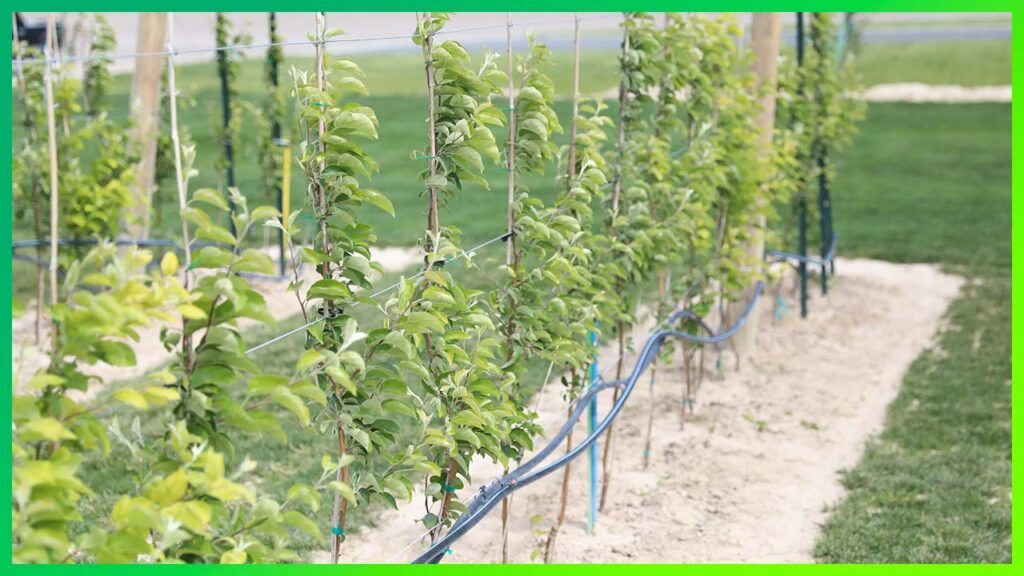Redox is excited about going into its 28th year. After 28 years of doing business, I still get questions, “What does Redox do?” Or “How does your product work?” I thought I would’ve done a better job answering this question by now, but I do understand the complexity of Redox’s technology and some of the patents that I have developed.
It is all predicated on the idea of bio-active carbon compounds reacting with synthetic fertilizer to create better nutrient efficiency and improve overall yield and quality. I hope to be able to answer some basic questions pertaining to bio-active carbon compounds, bio-nutrition, and how it is incorporated into Redox Technology.

Simply put, bio-active carbon compounds can be organic matter, humic, fulvic, plant extract-based proteins, amino acids, and phenols. Bio-active Carbon is carbon molecules that are effective in promoting soil and plant metabolic activity.
Bio-nutrition is the reaction of bio-active carbon compounds with nutritional mineral ions thru chelation, complexing and/or microencapsulation.
Plants grow based on their ability to assimilate mineral ions. Synthetic commodity fertilizers applied in bulk can provide the amount of mineral ion required for plant growth. However, synthetic commodity fertilizers cannot provide mechanisms that promote the efficient uptake and metabolism of those mineral ions.
Thru the combination of specific bio-active carbon molecules with synthetic mineral ions, plants can more efficiently assimilate and metabolize the minerals provided by synthetic commodity fertilizers, thus creating a bio-nutrient.
Redox incorporates bio-active carbon compounds into its technology thru 3 different types of manufacturing processes:
1. Chelation – the utilization of the charge of an organic molecule to react with the positive charge of a mineral ion.
2. Complexing – The utilization of the charge an organic molecule that carries both a positive and a negative charge.
3. Microencapsulation – The fusion of a mineral ion within a surfactant molecule to reduce negative soil chemical reactions.
We extract from a wide range of organic carbon sources to combine with our mineral nutrients. The source of bio-active carbon we utilize depends upon the soil or plant metabolic process we want to influence. Thru years of research, Redox Bio-Nutrients has developed a line of bio-active carbon-based bio-nutrients that improve fertilizer & nutrient efficiency, soil health, root development, and abiotic stress defense.
Questions? Want to know more about What are Bio-Nutrients?
Subscribe to receive our Redox Bio-Nutrients updates